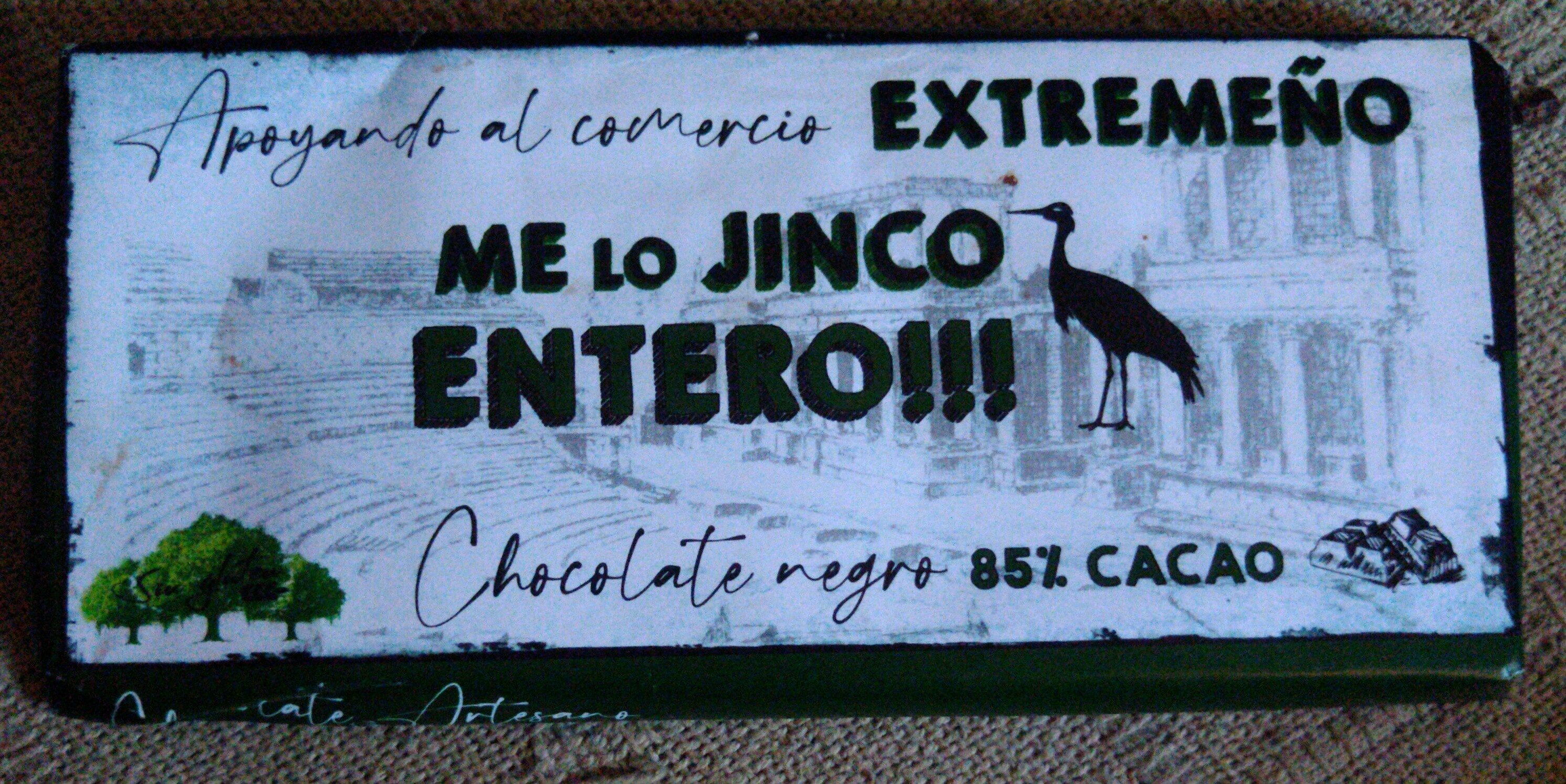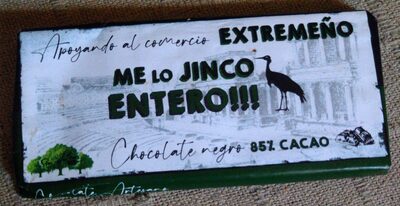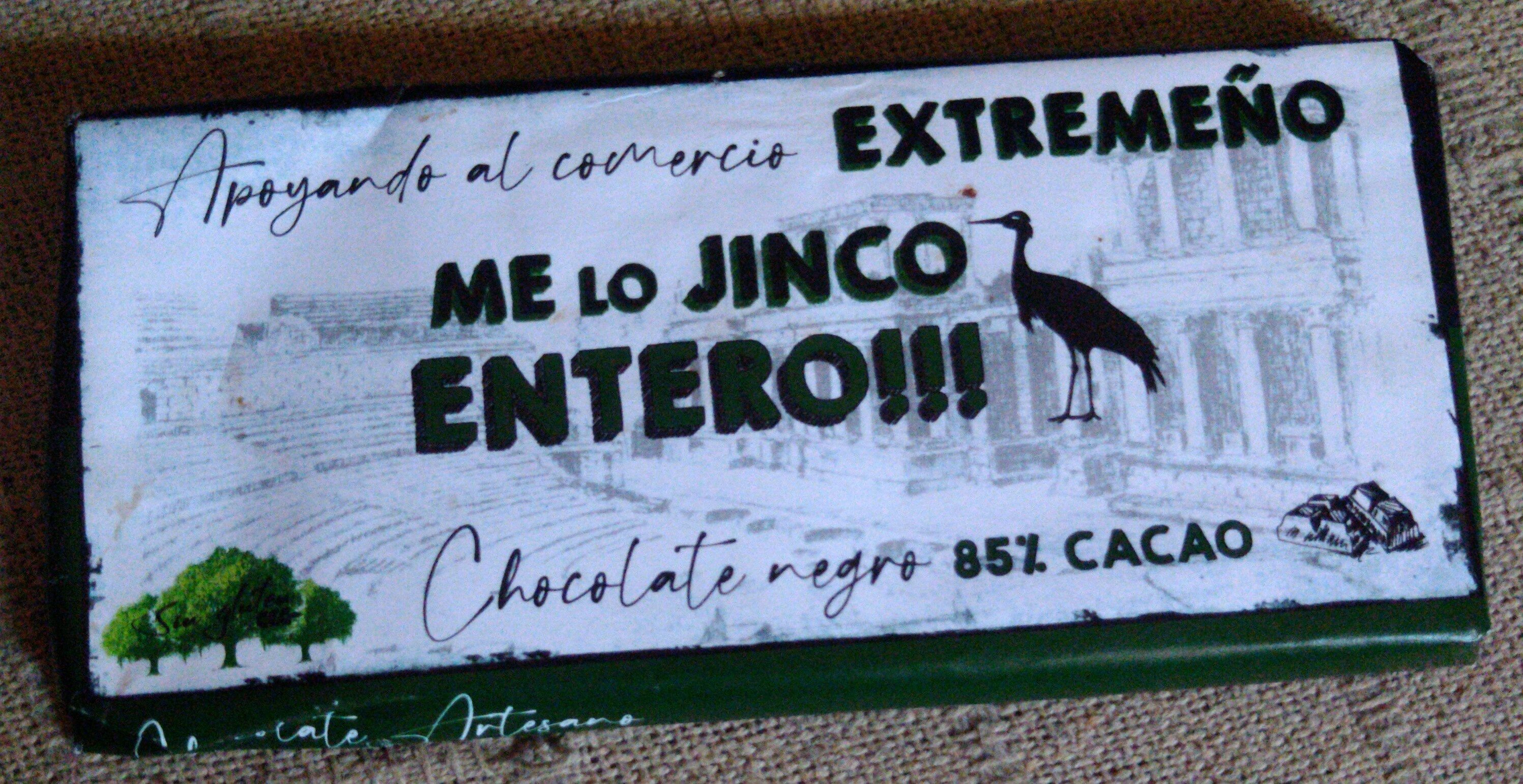Andorra Chocolate negro 85% cacao - Dicoex - 125g
This product page is not complete. You can help to complete it by editing it and adding more data from the photos we have, or by taking more photos using the app for Android or iPhone/iPad. Thank you!
×
Barcode: 8436575401010 (EAN / EAN-13)
Quantity: 125g
Packaging: es:Papel, es:aluminio
Brands: Dicoex
Categories: Snacks, Sweet snacks, Cocoa and its products, Chocolates, Dark chocolates
Labels, certifications, awards: No gluten
Manufacturing or processing places: España
Traceability code: 40.036017/BA
Stores: Carrefour
Matching with your preferences
Report a problem
Data sources
Product added on by kiliweb
Last edit of product page on by foodless.
Product page also edited by juanro49, openfoodfacts-contributors, roboto-app, yuka.ZUlJd1FZZGVpOU00di9ZdXdoQ0s2dHNreDZHbFpteXFJY1U5SVE9PQ, yuka.sY2b0xO6T85zoF3NwEKvlh1FadfCvRSVFyDkiXaK74qAdLi5YspxxKLjHKs, yuka.sY2b0xO6T85zoF3NwEKvlmNFa_r78yn5MCDRx0q2wtCLA5fkbshSuJT_NKs.












